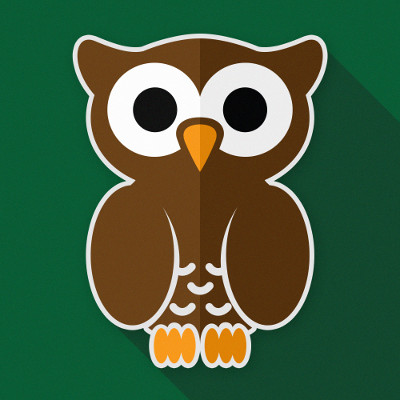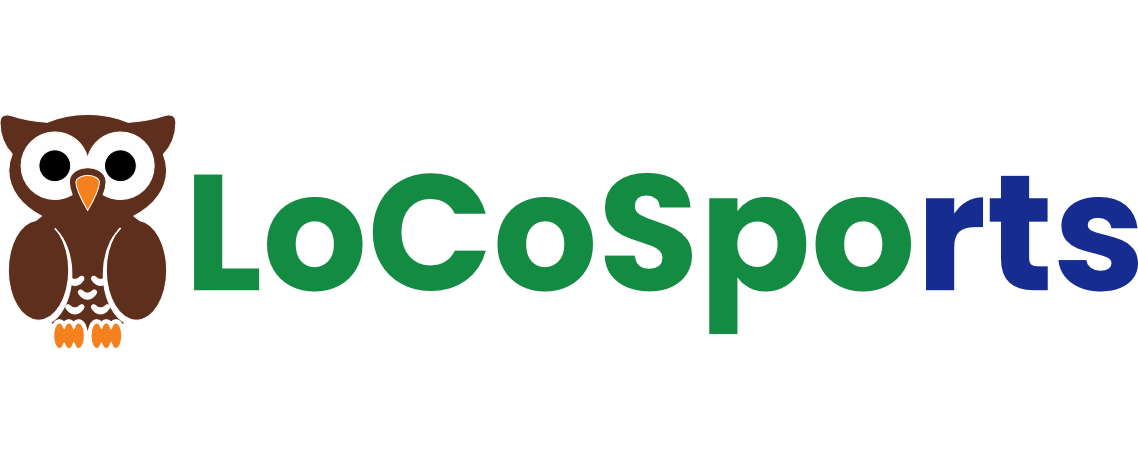Loudoun County, Va. — Here’s a riddle for you: What holds your body upright, is made up of a series of irregularly shaped bones, appears to be in a straight line but is also curved when you look at it from the side?
The answer: YOUR SPINE!
Your spine consists of 33 bones: seven cervical, twelve thoracic, five lumbar, five sacral and four fused coccygeal bones. Only the top 24 bones are movable. Depending on how you look at a ‘normal,’ healthy spine, it will appear straight or have two gentle curves. When the curves appear more exaggerated, it’s likely you’re looking at a spinal deformity.
Three ways that the spine can be categorized when it strays from the normal shape
- Kyphosis — Kyphosis and lordosis both refer to the excessive curvature where there isalready a gentle curve in the spine. Kyphosis is the abnormal curvature of the upper back, also known as the thoracic spine, resulting in a round back appearance.
- Lordosis — Lordosis is an abnormal curvature of the lower back, also known as the lumbar spine, sometimes referred to as swayback.
- Scoliosis — Scoliosis is when the spine has some form of rotation as well a “C” or “S” shaped curve.
You might think these curves appear primarily in the older population but that’s not true. We see all three curves in infants, adolescents and the adult population so age is not necessarily a factor.
This article will focus on scoliosis because it’s a condition we help patients with at Loudoun Sports Therapy Center quite often.
Scoliosis can be identified relatively quickly either just by looking at someone’s spine or by using a few tests. However, in most cases, there isn’t a direct cause for the condition. Nearly 80% of all scoliosis diagnoses are idiopathic, meaning there is no direct cause for the curvature.
Within that 80%, experts say only 10% of the cases get to the point where treatment is required
- Adolescents with a Cobb Angle — This means the measure of the curve is 20-25 degrees or less; physicians will keep an eye on these patients and take x-rays every four to six months to see if the curve is progressing or not.
- Adolescents with a Cobb Angle greater than 25 degrees — At this point, doctors will prescribe one of two types of corrective bracing:
- Nighttime bracing — More aggressive bracing that is worn at least eight hours at a time; this form over corrects the spine to the point where it cannot realistically be worn while performing daily activities.
- Full time bracing — This form enables the person to perform their daily activities, aside from bathing, skin care and exercising, without any interruptions for 16-23 hours a day.
Common Signs and Symptoms of Scoliosis are similar in both adults and adolescents
- Back pain
- Muscles spasms on one side
- Leaning towards one side
- One shoulder is higher or lower than the other
- “Winged scapula”
- Muscle imbalances
- Clothes hang unevenly
- The most obvious sign is a one-sided “hump” that is noticeable when the person bends forward to try and reach the ground.
At Loudoun Sports Therapy Center, when we look at a patient’s spine, it’s important that we recognize which level and side the curvature is pointing to since that helps dictate the basis for our individualized treatment program. For example, if a patient showed a right thoracic curve, we would focus on strengthening the left side of the thoracic spine to help move the spine back towards the center of the body. If we chose to strengthen the right side, we would only be creating added pull to the right side of the spine and therefore actually increase the curve.
Note from our sponsor: If you feel as though you may be experiencing pain related to scoliosis or back pain in general please, don’t wait! Call Loudoun Sports Therapy Center today at 703-450-4300. Schedule your personalized evaluation with one of our physical therapist so we can create an individualized treatment program to help you get back to the activities you want and need to be doing everyday!








